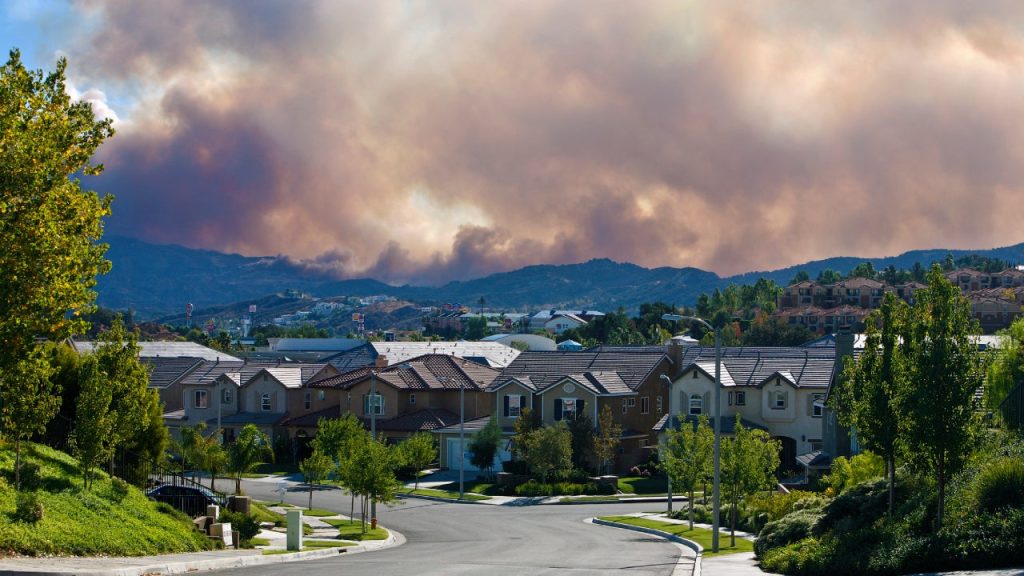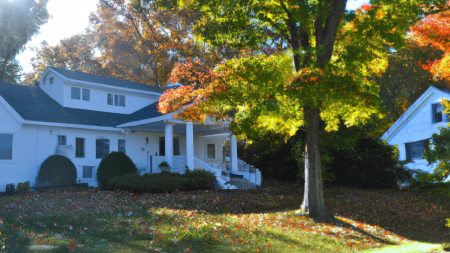The wildfires may be out, but that doesn’t mean Californians can rest easy. The January 2025 wildfires are on track to be the most expensive natural disaster in U.S. history — topping the damage done by Hurricane Katrina in 2005. Already, the California FAIR Plan has run out of money and called on private home insurance companies and homeowners across the state for financial aid.
The Los Angeles wildfires have, expectedly, resulted in an onslaught of home insurance claims. Many of the larger insurance companies have deployed dedicated catastrophic, or “CAT,” teams to directly target the high claim volume. However, policyholders who had active, unresolved claims before the fires broke out may be questioning what comes next. California insurance laws give consumers the right to a timely claim investigation, among other rights. If you have an open home insurance claim and are wondering how the wildfires will impact processing, it can help to understand how to navigate an especially hectic claims period.
I filed a claim before the fires started. Will the wildfires affect my claim?
The timeline for your claim processing will largely depend on the type of claim you have. But, generally, a delayed insurance payout isn’t off the table. The average home insurance claims cycle time in 2023 was almost 24 days, an increase of 6 days compared to 2022, according to J.D. Power. The timeline for catastrophic claims is longer, around 34 days.
“In the aftermath of the California wildfires, there have been reports of delays by personal lines insurance carriers in responding to claims,” says Laila Brabander, president of Gallagher Private Client. However, some insurance companies are more equipped to handle the influx of claims than others.
“Companies lacking dedicated catastrophic event claims teams, ‘CAT teams,’ may experience further delays in processing claims both from before and after the event,” says Brabander. “These specialized CAT teams, which many of the larger national carriers have, are crucial for ensuring quick responses to catastrophe-related claims and maintaining service levels for all other claims.”
Many of the larger California home insurance companies have catastrophe teams ready to help, some even with boots-on-the-ground customer service pop-ups. According to the California Department of Insurance, more than 33,000 home and business insurance claims have been filed since the Los Angeles fires broke out. To compare, typically about one in every 425 insured homes files a fire or lightning-related claim in any given year.
How do insurance claims work after a disaster?
With insurance claims, smaller claims tend to be resolved faster than larger ones. For instance, a claim related to your home’s foundation, roof or requires an inspector will likely take longer to resolve than something like a broken window. However, Californians will see repercussions from the January wildfires for a long time, including possible delays for homeowners with outstanding claims. As of February 5, 2025, more than $6.9 billion has been paid out in home and commercial insurance claims from the Los Angeles wildfires earlier this year, according to the California Department of Insurance (CDI). Cars weren’t spared from the blaze, either; the CDI also reports $73 million in car insurance claims stemming from the January 2025 wildfires. On January 13, California Insurance Commissioner Ricardo Lara declared a state of emergency in Los Angeles and Ventura counties, allowing out-of-state non-licensed adjusters to help handle the large volume of claims.
When insurance companies experience heavy, widespread losses (like they did in Pacific Palisades), the magnitude of financial impact is likely to drive home insurance costs up.
Are Californians getting enough from their insurance policies?
Know your rights: home insurance claims laws in California
In California, insurance companies must adhere to certain timelines and standards regarding your home claim. Importantly, these rules only apply to the admitted, licensed insurance companies in a state — not to surplus and excess line insurers.
The rules listed below apply to claims filed before January 7th, the day Insurance Commissioner Ricardo Lara declared a state of emergency. Under a state of emergency, the claims timeline and protocol look a little different. If you filed a claim before January 7th of this year, the following all apply, per California law.
| 15 days | Your insurance company must begin your claims investigation within 15 days of you filing your claim. |
| 30 days | Your insurance company must remit any non-disputed payments within 30 days of its agreement to pay. You also have the right to updates on your claim every 30 days while it remains unresolved. |
| 40 days | After you file, your insurance company has 40 days to accept or reject your claim — either entirely or in part. If your claim is rejected, you have the right to a written explanation as to why. If your insurance needs more time to process your claim, it must explain to you in writing the reason for the delay, what extra information it needs and give you an estimated timeframe. |
| 60 days | Your insurance company must notify you within 60 days of any deadlines that either cut off your right to sue or collect additional benefits. |
| 6 months | Your insurance company could assign a subsequent adjuster to help process your claim. If this happens within a 6-month period of you filing your claim, you are entitled to a written status report that details a summary of losses, payments made, coverage limits and whether there are other hired professionals handling your claim. |
The insurance claim process can be overwhelming and confusing. In theory, the process is simple: you experience a loss, you file a claim and your insurance company handles the rest. However, the reality can look different. If you have an active claim, there are a few other finer points of California insurance law you should have on your radar:
- You can choose your own contractor: You do not have to go with a contractor chosen by your insurance company; you are allowed to choose your own. Just ensure they are fully licensed in the state of California. If you go with someone suggested or recommended by your insurance company, it must guarantee that the work is up to current trade standards.
- Repairs should be uniform: If only part of your home is damaged, your policy can cover work on the non-damaged parts of your home to achieve a uniform look.
- You are covered for consequential damage: Sometimes, to repair one part of your home, you’ll also need to do some work on a non-damaged part of your home. You are covered for those extra repairs.
- You’re allowed to access your claim file: If you request a copy of your claim file, your insurer must send you a copy within 15 days of you making a written request. This can be useful if you want to bring a public adjuster into the claims process and get them up to speed.
- If you have a replacement cost value (RCV) policy, you’re entitled to actual cash value (ACV) payments before the rebuild process: If your home or belongings (or both) are insured at their replacement cost value, you are entitled to receive the actual cash value of your loss before any repairs begin.
Learn more: RCV vs. ACV in home insurance policies
What’s next for California homeowners?
California’s home insurance market is in uncharted waters. The wildfires may have only affected a small area of the state as a whole, but homeowners across California will likely feel the ramifications for years to come. For now, homeowners with active claims may need to be patient in accounting for the influx of catastrophic claims and prepare for future market turbulence. The FAIR Plan, California’s insurance plan of last resort, ran out of money and called on the private companies that support it for a capital infusion. Per the new California insurance regulations, homeowners across the state could be on the hook for up to $1 billion of FAIR Plan losses, paid in the form of a one-time supplemental fee.
Additionally, as part of State Farm’s recent approval of a 22 percent interim rate increase, which it stated that it needs to keep financially stable, the insurer’s parent company, State Farm Mutual, will need to provide its California subsidiary $500 million to ensure it can pay out claims. The provisional hike comes with an agreement to pause all policy cancelations and nonrenewals until the end of 2025. This is significant considering that State Farm is the largest insurer in the Golden State, and the pause includes homes across California, not just ones in the emergency-declared ZIP codes. While this is just one example, property insurance is looking to be more expensive in the short and long term for California homeowners.
Read the full article here









